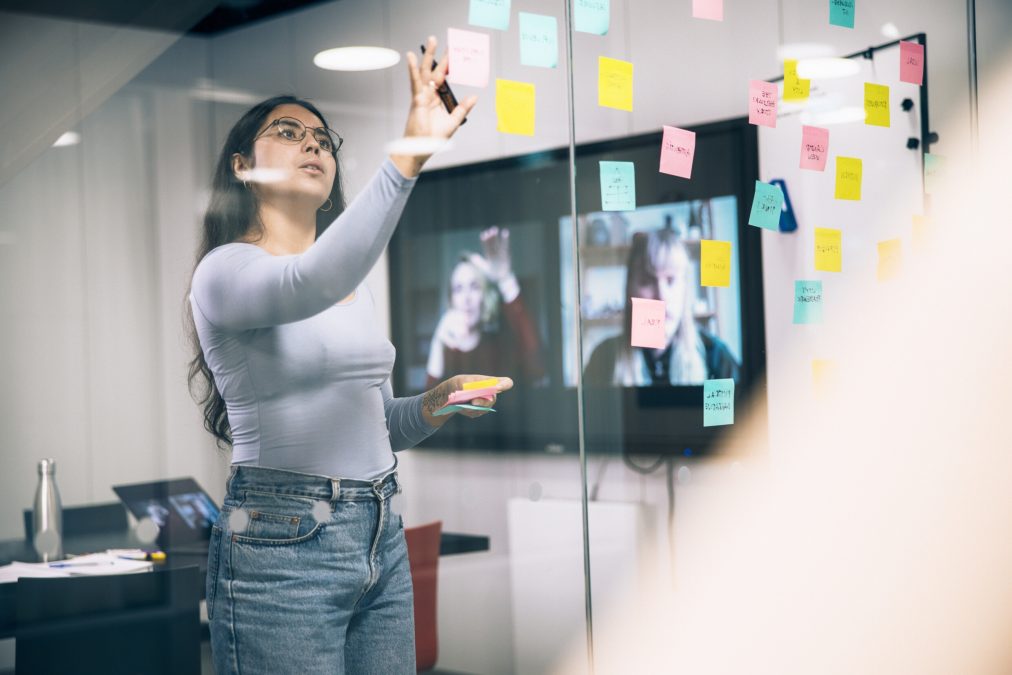Accessibility in content production
What aspects are important in terms of accessible content?

The following aspects are important in terms of accessible content. Content production processes must utilise available existing models and styles in use.
Logicality and understandability of contents
- Present the content in a comprehensible and logical order.
- Use clear language that is understandable to readers.
- Avoid using bureaucratic language and special administrative terms if they have commonly understood equivalents.
- Express only one thing in one sentence.
- Use examples and expressions that clarify the subject matter.
- Provide all information pertaining to the matter as comprehensively as possible on the same page.
- Avoid references to other pages if you can convey the same information in the content.
- Where possible, avoid using attachment files.
Text
- Do not define the colour or other features of the text even if the publishing system facilitates it.
- When designing the layout, always use pre-defined styles (technically implemented with CSS styles).
- Do not write texts in all caps.
- Avoid boldface and italics in texts.
- Do not create “headings” yourself by changing font sizes or other style options. Always use the selectable heading styles provided.
Headings
- Use enough subheadings in the text.
- Select the heading level in accordance with the heading hierarchy used.
- Only use heading levels H2–H6. Level H1 is reserved for the main heading of the page, which should automatically consist of the name of the page.
- Do not skip heading levels. The subheading of an H2 heading must be an H3 heading and so forth.
- Make sure that the heading text corresponds with the content and purpose of the paragraph that follows.
Links
- Make sure that the link text clearly represents the object and purpose of the link.
Images
- Add an alternate text to images – the alt text must indicate the contents of the image.
- Do not use words and phrases such as ‘image’, ‘this image shows’, etc.
- Do not merely list “key words.”
- The alt text can be an understandable, roughly 200-character sentence.
- End the alt text with a period.
- If the image is an infographic or similar image that contains plenty of information, indicate the contents of the graph in the other text content of the page and mention this in the alt text.
- For decorative images and such, leave the alt text blank.
- Do not use texts embedded into images. All texts must be in the content of the page in the form of readable text – not images.